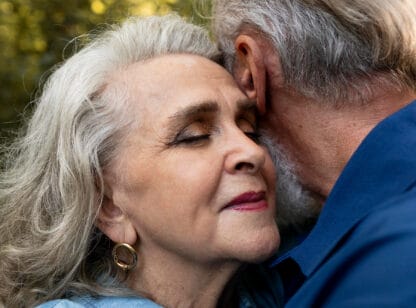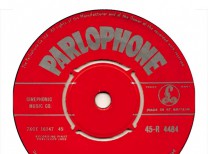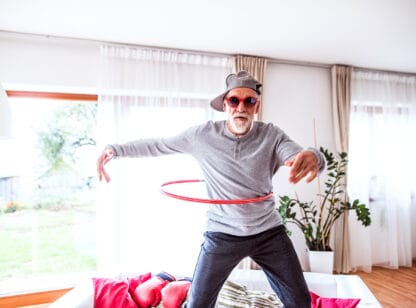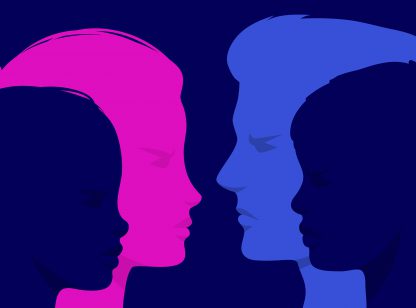Based on the thousands of patients who receive Botox injections each year, one would think the answer to this simple question must be, “Yes!”
Expression of emotions through facial animation is one of the most socially significant of human behaviors. More than a century ago, Charles Darwin, famous for his theory of evolution, wrote The Expression of the Emotions in Man and Animals. His intention was to show how the expressions of emotions in man were analogous to those in animals, giving support to his theory that man and animals were derived from a common ancestor.
We know that when we feel a certain emotion, we exhibit corresponding facial expressions. When we are happy, we smile. When we are in pain, we grimace. Is it possible, that the reverse is also true? Can facial expressions influence our emotional state? This theory, known as the facial feedback hypothesis (FFH) was proposed over a century ago by William James, and given further attention by Sylvan Tomkins in the 1960s.
Botox is well known for its cosmetic effects, in smoothing out facial wrinkles by preventing facial muscles from contracting. It does this by blocking the release of the neurotransmitter acetylcholine from the nerve endings at the neuro-muscular junction. A popular area to have Botox injections is between the eyes. By preventing these muscles from contracting, patients cannot create frown lines that we typically express when we are angry, sad, or worried. So by preventing the ability to create this expression, will we feel less angry or sad?
Several recent studies have looked at the effect that Botox can have on our emotional experience. Finzi and Wasserman looked at ten patients with major depression. Two months after receiving Botox injections to the face, nine of the ten participants were no longer clinically depressed. Similar findings were reported by Hexsel, et.al., who conducted a larger study with 50 subjects. Those with depression had a significant improvement in depressive symptoms, with a maximum effect occurring 8 weeks after receiving Botox. Another study used functional radiologic imaging to compare the brain activity of patients during angry and sad expressions. They found that patients receiving Botox had decreased activity in an emotion center in the brain when imitating anger, in comparison to the control group.
Clearly, there remains more work to be done, as many variables play a role in our emotional well-being. However, it is fairly well accepted that when “you look good, you feel good.” When we lose weight, work out, or get a fresh haircut, our self-esteem and attitude are improved.
When considering Botox always remember…a holistic approach to good health and happiness through nutrition, exercise, maintaining a healthy weight, and engaging in activities that are important for our social and emotional well-being is the best place to start.
Dr. Maya Kato is the founder of Aesthetic Art and can be reached at (760) 610.5558. For more information visit www.drmayakato.com.
References: (1)Darwin, C. The Expression of the Emotions in Man and Animals. 3rd ed. London; Fontana, 1999; (2)James, W. The Principles of Psychology. New York: Holt; 1890; (3)Tomkins, S. Affect, Imagery and Consciousness: The Positive Affects. Vol. 1. New York: Springer; 1962; (4)Finzi, E and Wasserman, E. Treatment of depression with botulinum toxin A: a case series. Dermatol Surg, 2006 May: 32(5): 645-9; (5)Hexsel, et. al. A randomized pilot study comparing the action halos of two commercial preparations of botulinum toxin type A. Dermatol Surg, 2008 Jan; 34(1):52-9; (6)Davis, et. al. The effects of Botox injections on emotional experience. Emotion Vol 10(3), Jun 2010, 433-440.

















































Comments (0)